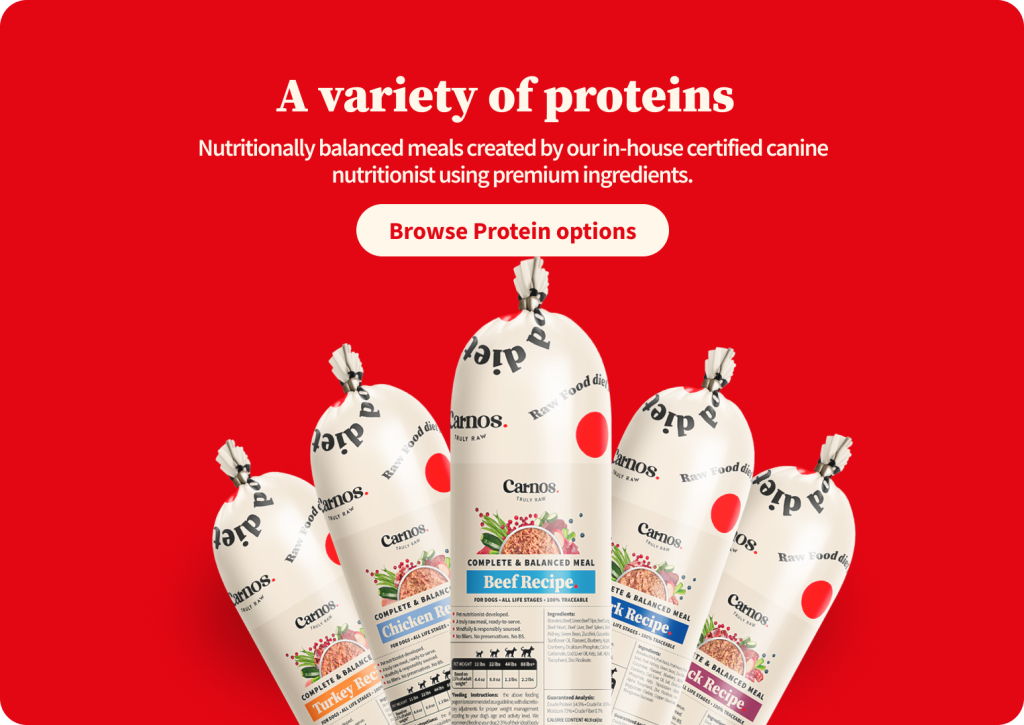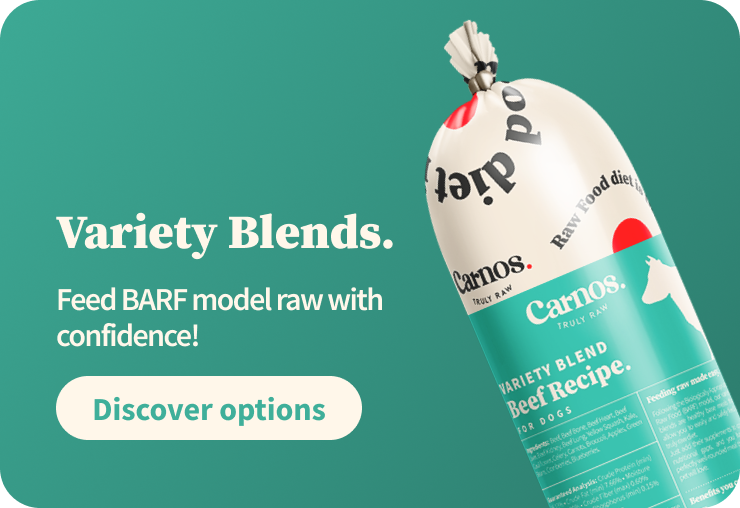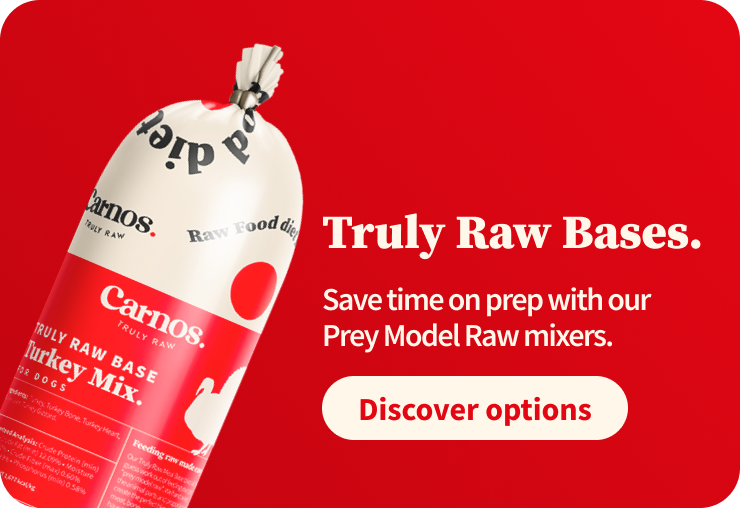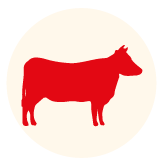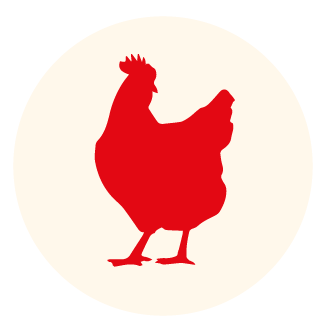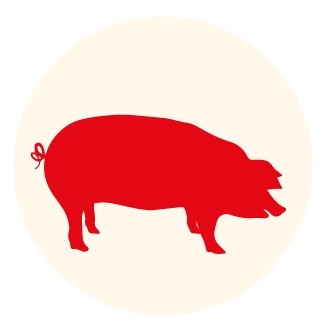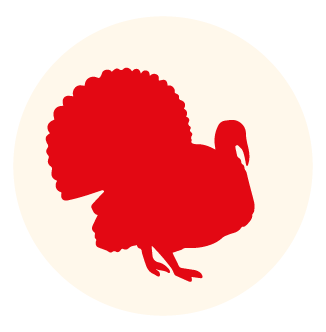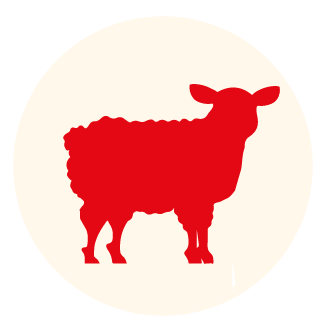Why you should be balancing your dog’s raw diet.
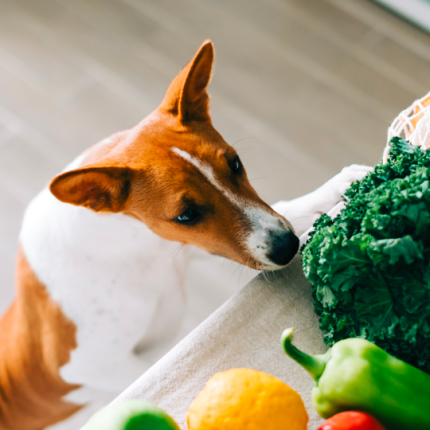
People say that variety is the spice of life, and that sentiment applies to our pets’ lives too! Well-planned variety in your dog’s DIY raw diet is the best way to ensure that they’ll get a broad spectrum of essential nutrients that they need to thrive. If you feed your dog raw food, you already know that a raw diet is the best diet for them to live their most healthy and adapted lives. And if you’re still on the fence about a raw diet for your dog, or you feed raw in combination with kibble, that’s okay too! Feeding any amount of raw, whole foods supports your pet’s health. One of the most important things to remember when you’re crafting your dog’s raw meals – whether you DIY or feed them our base meals – is to balance their diet by introducing variety and whole foods. Just as humans can’t get all the nutrients they need from eating the same thing for every meal of every day, the same is true for our pets. Dogs need a wide variety of vitamins and minerals that come from different food sources. However, it is important to note that protein variety isn’t the only key to a balanced diet; a variety of whole foods and possibly supplements is also required when you are feeding a DIY diet or base grind.
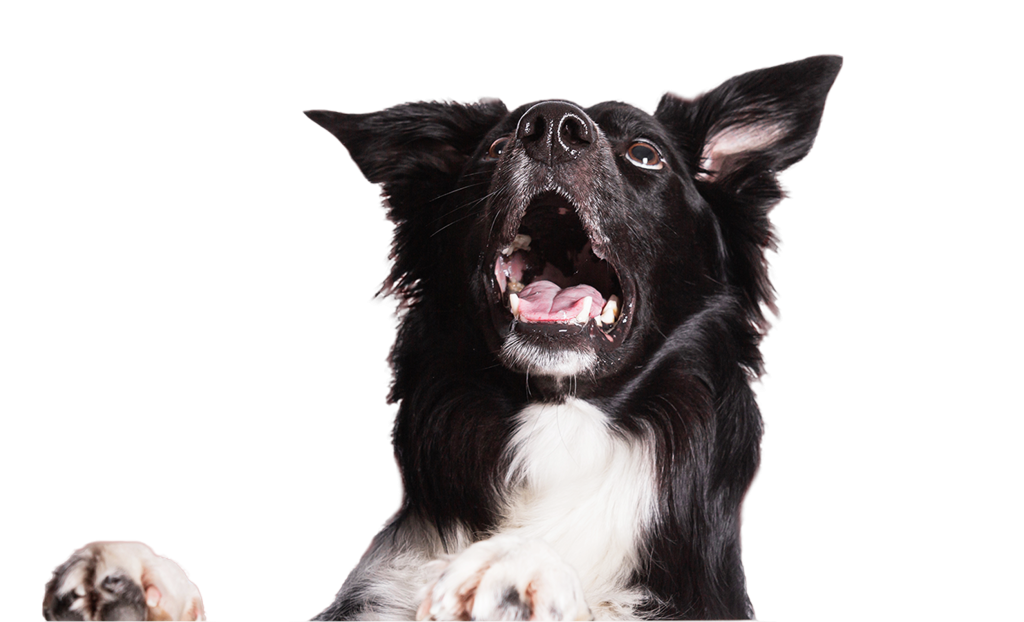

A balanced raw diet for your dog is more than just meat, bones, and organs.
In the raw feeding community, it has long been believed that Prey Model Raw (“PMR”) or Biologically Appropriate Raw Foods (“BARF”) ratio diets are nutritionally complete. However, when compared to AAFCO or NRC nutritional guidelines, these ratio diets commonly come up short in certain nutrients. There are 7 essential nutrients that are frequently deficient in DIY raw diets and PMR/BARF base grinds regardless of how much protein variety is fed. A balanced diet requires a variety of whole foods and potentially supplements in addition to meat, bones, organs, and vegetables in order to fill these gaps.
These missing nutrients include:
- ALA
- EPA/DHA
- Vitamin D
- Vitamin E
- Iodine
- Zinc
- Manganese
While meat, bones, organs, and vegetables will have these nutrients in small amounts, it is important to recognize that they are not in sufficient quantities to meet your dog’s needs. The foods that provide these nutrients in sufficient amounts include specific types of seeds, fish, supplements, kelp, oysters, tripe, and mussels. For example, Vitamin D is present in small amounts in liver. However, increasing the amount of liver needed to meet the Vitamin D nutritional requirement in a raw diet for dogs would then overdose Vitamin A, resulting in loose stools. Because of this, an alternate source of Vitamin D such as salmon, sardines, or a high-quality supplement should be incorporated into PMR– or BARF-style raw diets

Different proteins offer different nutrient profiles.
In addition to a rotating variety of whole foods and supplements, a rotation of proteins is important when feeding a dog a DIY raw diet, or when feeding “PMR” or “BARF” grinds such as our Truly Raw and Variety blends. This is because different proteins provide different nutrient profiles; our dogs can’t receive all the nutrients they need from eating one protein source for every single meal.
Read on to learn some stand-out nutritional information about some of the major animal protein options for dogs’ raw diets.
Beef
Beef is higher in zinc and iron (but will still require additional zinc when beef is mixed with other proteins) than most other animal proteins. Beef liver is an excellent source of copper—so good, in fact, that it should be fed in moderation so as to not overdo it. Tripe is also a source of manganese. Beef is low in both LA and ALA fatty acids.
Chicken
Chicken is higher in taurine, and lower in zinc and iron. Chicken liver is high in B vitamins and low in copper and should be combined with a copper source. Chicken is also high in LA fatty acid and low in ALA.
Pork
Pork is high in the B vitamin Thiamin, while it is lower in zinc and iron. Pork liver is low in copper and should be combined with a copper source. Pork is also high in LA fatty acid and low in ALA.
Turkey
Turkey is moderate in taurine, while being lower in zinc and iron. Turkey liver is low in copper and should be combined with a copper source. Turkey is also high in LA fatty acid and low in ALA.
Lamb
Lamb is moderate in zinc and iron, while being high in fat. Lamb liver is an excellent source of copper. Lamb tripe is also a good natural source of manganese. Lamb is low in both LA and ALA fatty acids.

Unique requirements for puppies, adult dogs, and dogs with health conditions.
It is important to note that puppies and adult dogs have different nutrient requirements. Unless you are feeding a complete food for All Life Stages, you will need to take a puppy’s unique nutrient requirements into account when feeding a DIY raw diet. Puppies have a higher need for calcium, phosphorus, iron, zinc, and copper. The typical PMR (80/10/10) and BARF raw feeding ratios are not designed for puppies, and puppies will need higher ratios of bone and organ.
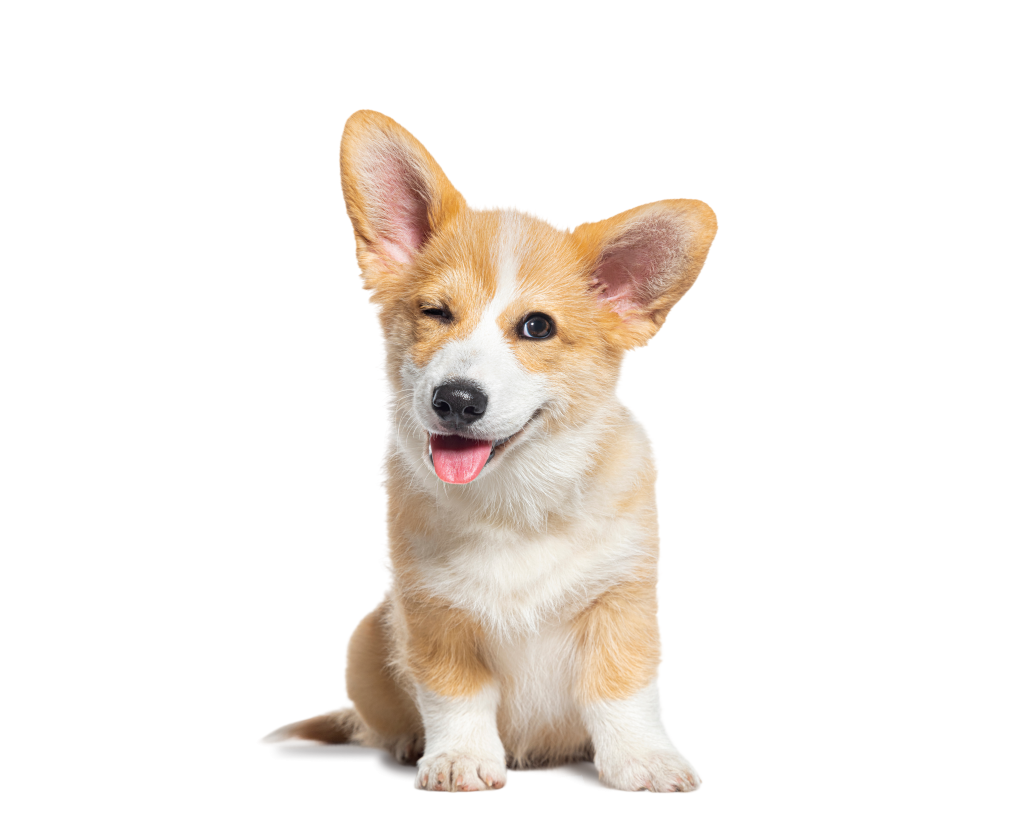

Quick tips to keep in mind when prepping your dog’s raw meals.
Rotate proteins.
Combining and/or rotating ruminant proteins (like beef and lamb) with other proteins (like pork and poultry) is one component of providing a balanced diet as the nutrients in these categories complement each other. If rotation is not feasible due to food allergies or intolerances, then supplementation may be required for certain nutrients in DIY diets or those made with Carnos Truly Raw Base grinds.
Go for berries and green leafy vegetables.
Vegetables and fruits are a great source of fiber (prebiotics) and antioxidants. However, keep in mind that while they provide their own benefits, these will not effectively balance the diet without additional ingredients (like seeds, nuts, seafood, etc.) incorporated.
Choose bones wisely.
Edible bones are a crucial component to a balanced raw diet for your dog. However, not all bones are created equal, and some can cause your dog harm. Opt for raw meaty bones or a whole-bone alternative like ground bone and make sure to never feed cooked bones, machine-cut bones, or weight-bearing bones. Check out our blog post to learn more about which bones you can safely feed your dog and which bones should be avoided.

How to make sure you’re feeding your dog a balanced diet.
If you are feeding our Truly Raw Base or Variety Blend base meals and need more information on adding whole foods and/or supplements to balance them, email us at help@carnos.com for customized support.
Work with a professional.
Another option to consider that can help you ensure that your DIY raw diet for your dog is appropriately balanced is to partner up with a qualified canine nutritionist. These experts can either help walk you through how to craft your dog’s meals on your own, or they can provide recipes customized specifically to your dog’s unique needs.
We also have several balanced DIY raw meal recipes on our blog that have been formulated by our on-staff certified canine nutritionist.


Opt for a balanced premade raw meal.
If balancing your dog’s raw diet on your own still sounds like too tall of an order, don’t stress! At Carnos, we offer premade, ready-to-serve Complete and Balanced raw meals. Each recipe is single-protein and expertly formulated by a certified canine nutritionist to not only meet but exceed AAFCO and NRC nutritional standards. While these are well-balanced meals on their own, we do recommend rotating the recipes throughout the week so that your dog is getting a variety of proteins and the nutritional benefits that they provide. However, if your dog has food allergies and can only consume one protein of our Complete & Balanced blends, you don’t have to worry as your dog will still be receiving a well-balanced diet.
